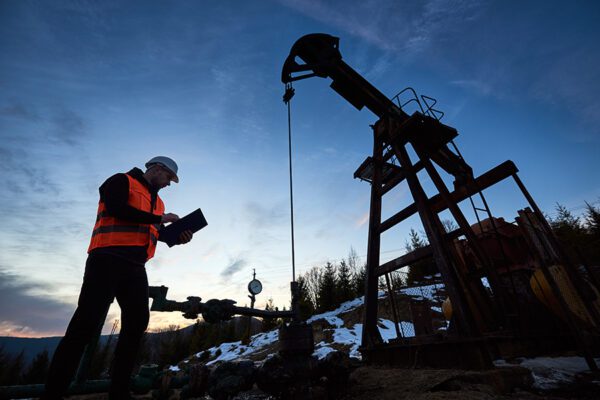Oil and Gas Extraction (NAICS 211)
The Occupational Safety and Health Administration (OSHA) keeps records not only of the most frequently cited standards overall, but also within particular industries. The most recent statistics from OSHA reveal the top standards cited in the fiscal year 2022 for the oil and gas extraction industry. This list comprises establishments that operate and/or develop oil and gas field properties. Such activities may include exploration for crude petroleum and natural gas; drilling, completing and equipping wells; operating separators, emulsion breakers, desilting equipment and field gathering lines for crude petroleum and natural gas.
| Description of Violation |
Cited Standard Number
|
ACV*
|
- General Welding, Cutting and Brazing Requirements – This standard refers to gas cutting, hot work, brazing, and gas or electric welding. Requirements include hot work permitting, fire watch, ventilation, personal protective equipment and industrial applications.
|
29 CFR 1910.252
|
$7,251
|
- Hazard Communication – This standard refers to the UN Globally Harmonized System of Classification and Labeling of Chemicals. Requirements include developing and implementing a program, recordkeeping, labeling and training.
|
29 CFR 1910.1200
|
$10,151
|
- General Safety and Health Provisions – This standard refers to the practice of contracting to provide workers with a safe work environment. Requirements include contracting to prevent workers from working in surroundings or conditions that are unsanitary, hazardous or dangerous to their health and safety, which includes identifying compliance duties and accident prevention responsibilities.
|
29 CFR 1926.20
|
$6,961
|
- Fire Protection—This standard refers to fire protection in welding and cutting operations. Requirements include establishing a safe location for welding and cutting away from fire hazards, utilizing proper fire extinguishing equipment, assigning additional personnel to guard against fires, maintaining safe usage of torches and hoses, ensuring adequate storage of flammable liquids, upholding effective cleaning protocols for flammable liquid containers, and providing ventilation in welding and cutting areas to release heat and pressure buildup.
|
29 CFR 1926.352
|
$4,351
|
- Reporting Fatalities, Hospitalizations, Amputations and Losses of an Eye – This standard covers types of injuries that require OSHA reporting. Fatalities must be reported within 8 hours, and hospitalizations, amputations and eye loss must be reported within 24 hours.
|
29 CFR 1904.39
|
$7,925
|
- General Personal Protective Equipment (PPE) Requirements – This standard refers to providing, managing and maintaining the proper personal protective equipment for employees. Requirements include identifying required PPE, maintenance, sanitation, replacement and training.
|
29 CFR 1910.132
|
$13,052
|
- Powered Industrial Trucks – Powered industrial trucks include forklifts and fork trucks. This standard’s requirements include operator training, inspections and safe work practices.
|
29 CFR 1910.178
|
$14,502
|
- General Electrical Requirements – This standard refers to the practice of examining, installing and using electrical equipment of different types, sizes, voltage and current capacity. Requirements include specifications for electrical connections, terminals, guarding live parts and working with 600 volts.
|
29 CFR 1910.303
|
$0
|
*ACV (Average Cost per Violation) – The dollar amount represents the average cost per violation that employers in this industry paid in 2022. To understand the full capacity and scope of each standard, click on the standard number to visit www.osha.gov and view the language in its entirety. Source: OSHA.gov
Design © 2022 Zywave, Inc.
Material posted on this website is for informational purposes only and does not constitute a legal opinion or medical advice. Contact your legal representative or medical professional for information specific to your legal or medical needs.



